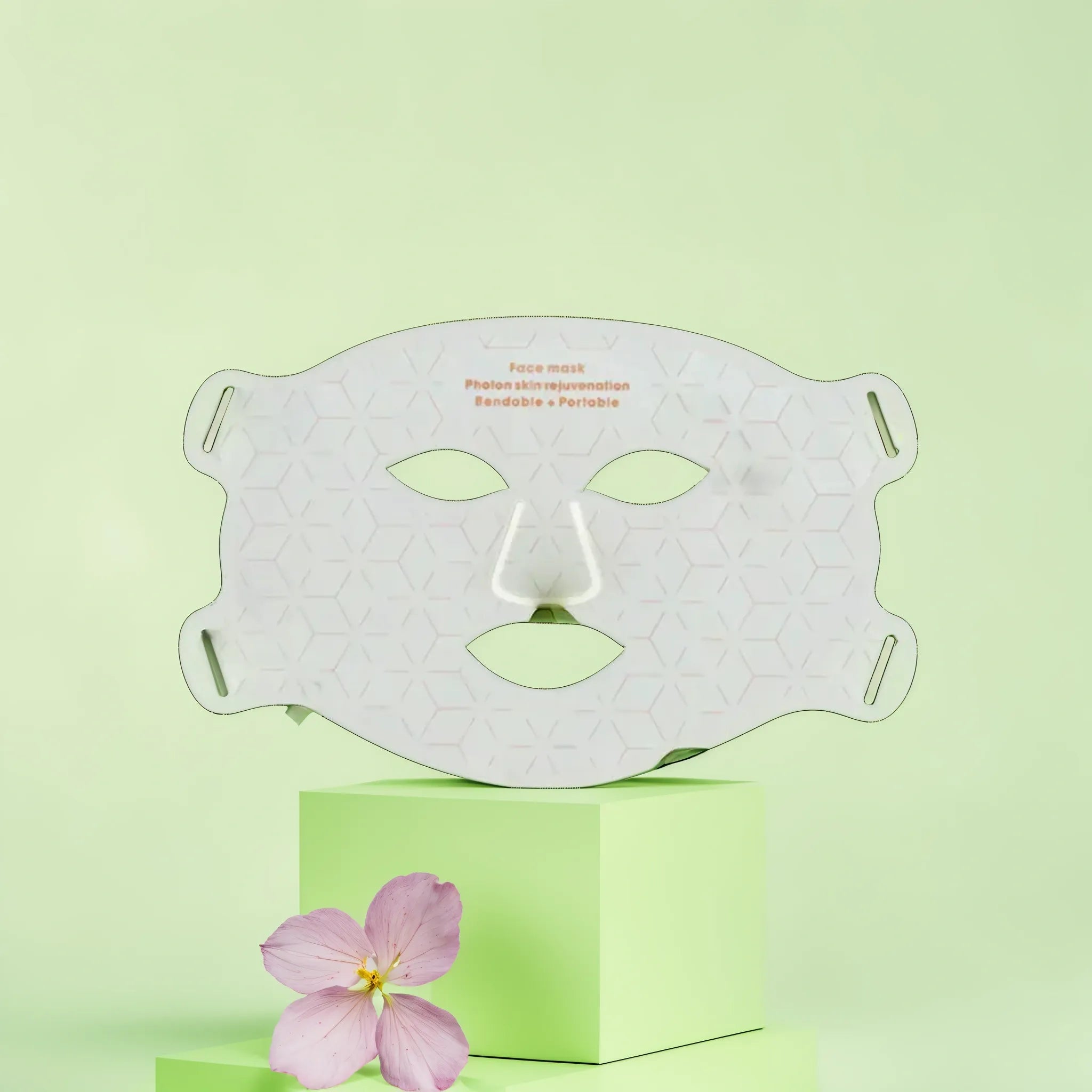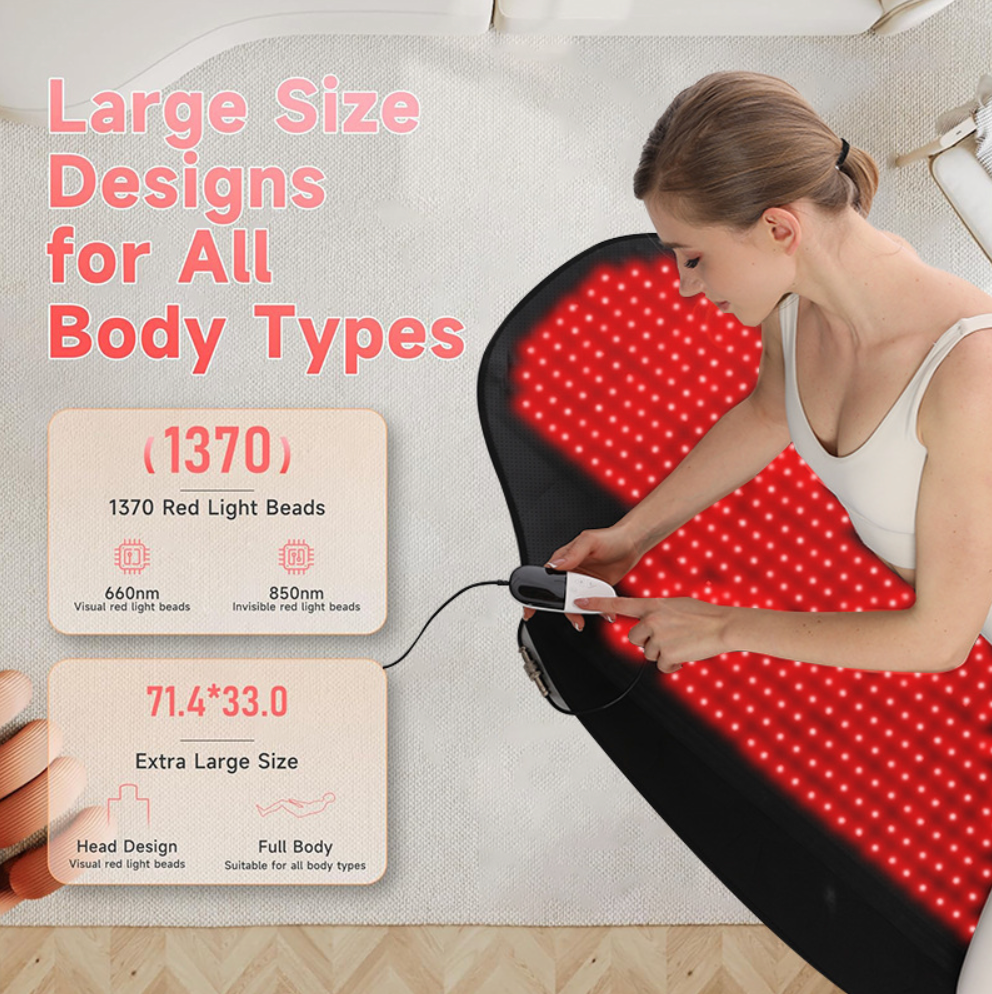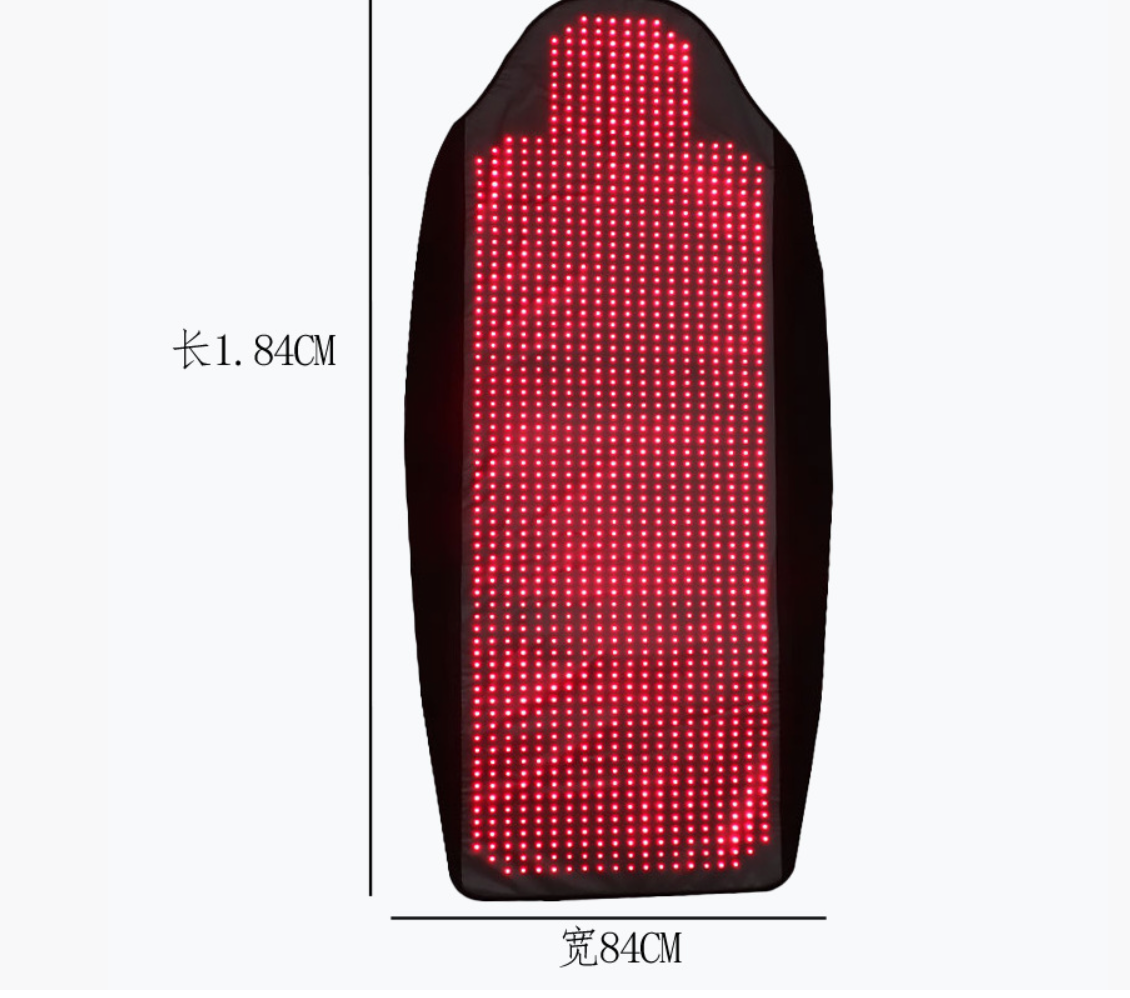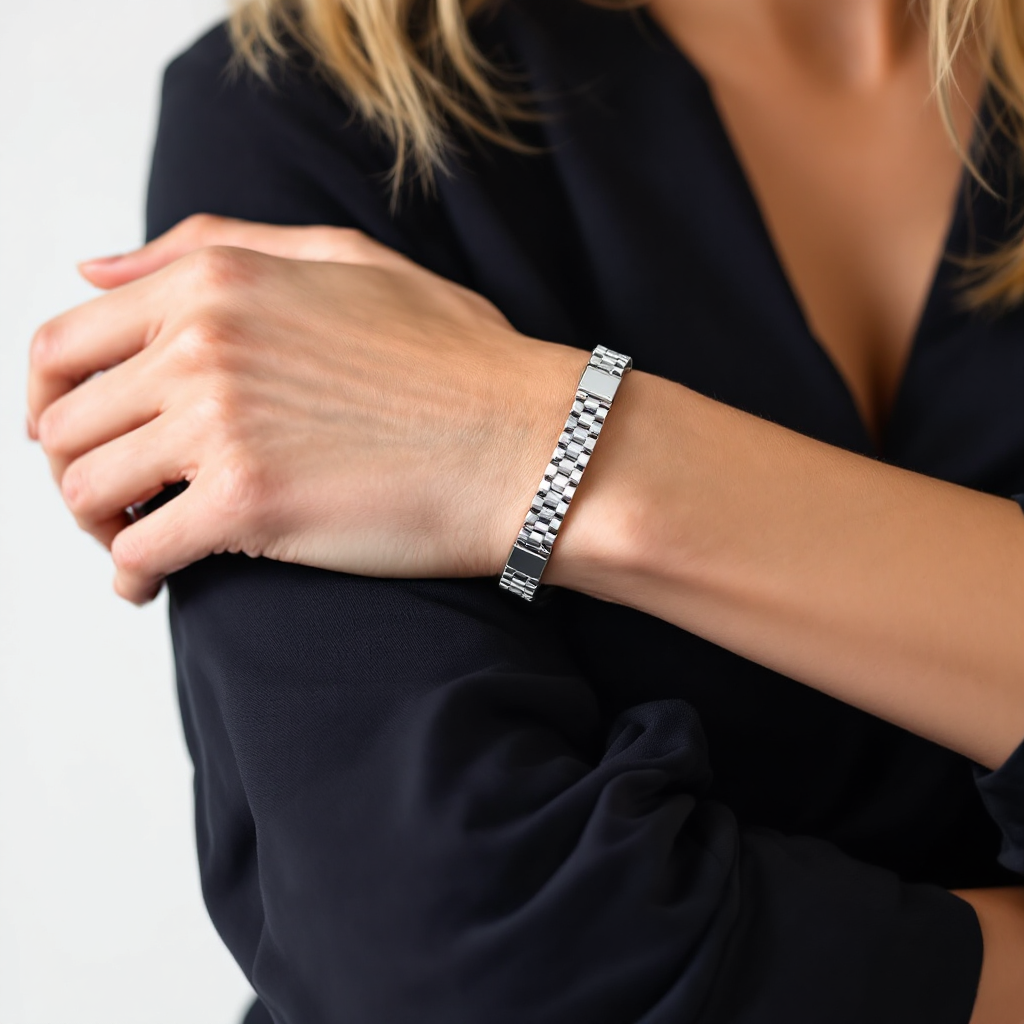For centuries, people have sought alternative ways to improve their health and well-being. Among these methods, magnetic therapy has gained attention as a non-invasive option that promises healing benefits. At the heart of this approach is the magnetic therapy bracelet—a piece of jewelry often worn on the wrist that combines elegance with claims of therapeutic effects. But does wearing a bracelet embedded with magnets truly help treat diseases? In this article, we’ll explore the science, history, and anecdotal evidence behind magnetic therapy, focusing on the best magnetic therapy bracelet options and their potential impact on conditions like arthritis, joint pain, and poor blood circulation.
What Is Magnetic Therapy?
Magnetic therapy involves the use of magnets to influence the body’s natural processes. The idea is simple: by placing a magnet near or on the skin—often through a bracelet, necklace, or other accessory—the magnetic field interacts with the body to promote healing. Proponents of magnet therapy suggest that these fields can increase blood flow, reduce inflammation, and even alleviate pain. A magnetic therapy bracelet typically incorporates materials like copper, titanium, or stainless steel, paired with magnets such as neodymium or gauss magnets, to deliver these supposed benefits.
The concept dates back thousands of years, with ancient civilizations like the Egyptians and Greeks reportedly using magnets for medicinal purposes. Today, magnetic therapy remains a popular alternative therapy, with many people turning to bracelets as a stylish and convenient way to test its effects. Whether it’s a copper magnetic bracelet, a titanium magnetic bracelet, or one designed as a unisex accessory, the market offers a wide selection of bracelets to suit different tastes and needs.
How Does a Magnetic Therapy Bracelet Work?
The theory behind a magnetic therapy bracelet hinges on the idea that magnets emit a magnetic field that penetrates the skin. This field is said to interact with the body’s cells, potentially improving blood circulation and delivering oxygen more efficiently to tissues. Some bracelets boast ultra strength magnetic properties, often measured in gauss—a unit that indicates magnetic strength. For example, a bracelet might feature 3500 gauss magnets or gauss neodymium magnets with an alternating north-south polarity orientation for maximum effect.
Materials like pure copper and titanium are frequently used in these bracelets, not just for their durability but also for their purported health benefits. Copper, in particular, has a long history in folk medicine, with some believing it helps with arthritis pain and inflammation. A copper magnetic bracelet combines these properties with magnets, creating a dual-action approach. Similarly, titanium magnetic options are prized for their lightweight yet robust nature, making them a favorite among those with an active lifestyle.
Negative ions are another buzzword in the world of magnetic bracelets. Some products are infused with negative ions, which are claimed to balance the body’s energy and reduce stress. While the science behind negative ions per second is still debated, many customers swear by the calming effects of a bracelet made with this feature.
Can a Magnetic Therapy Bracelet Treat Diseases?
The million-dollar question remains: can wearing a bracelet really treat diseases? Let’s break this down by examining some of the most common claims associated with magnetic therapy.
Pain Relief and Joint Pain
One of the biggest draws of magnetic bracelets is their supposed ability to provide pain relief. Conditions like arthritis, carpal tunnel, and general joint pain are often cited as reasons to try a magnetic therapy bracelet. The idea is that the magnetic field—or in some cases, the benefits of copper and magnetic therapy combined—can reduce inflammation and ease discomfort.
Anecdotal evidence abounds. Many of our customers report feeling less arthritis pain after wearing a copper magnetic bracelet or a titanium magnetic bracelet for a few weeks. Customer reviews often highlight how these bracelets help them manage the pain associated with chronic conditions. However, scientific studies paint a more mixed picture. Some research suggests a placebo effect may be at play, while other small studies hint at possible benefits for specific types of pain. For those who suffer from joint pain, the appeal of a non-invasive option like a magnetic bracelet for arthritis is hard to ignore, even if the evidence isn’t conclusive.
Blood Flow and Circulation
Another claim is that magnetic bracelets improve blood flow. The theory posits that magnets influence the iron in red blood cells, helping them move more efficiently through the body. A bracelet with strong magnetic properties, such as one featuring neodymium magnets or ultra strength magnetic gauss, might theoretically increase blood flow and reduce swelling.
While this sounds promising, most medical experts argue there’s little evidence to support this mechanism. The magnetic strength of a typical bracelet—whether it’s a mens magnetic bracelet or a magnetic bracelet for women—is unlikely to penetrate deep enough to affect blood circulation significantly. Still, the idea of beneficial effects from a bracelet you purchase keeps the concept alive among enthusiasts.
Arthritis and Inflammation
Arthritis sufferers are a key demographic for magnetic products. A magnetic bracelet for arthritis, often crafted as a copper bangle or a stainless steel magnetic bracelet, is marketed as a way to reduce stiffness and swelling. The combination of copper and magnetic therapy is especially popular, with some claiming that pure copper releases ions that work alongside magnets to combat inflammation.
Scientific backing here is shaky. A 2013 study published in PLOS ONE found that copper bracelets and magnetic wristbands had no significant effect on arthritis symptoms beyond a placebo. Yet, the placebo effect itself can be powerful—many users feel better simply because they believe in the bracelet’s potential, making it a compelling choice for those seeking an arthritis bracelet.
Types of Magnetic Therapy Bracelets
The market is brimming with options, each tailored to different preferences and needs. Here’s a look at some popular varieties:
- Copper Magnetic Bracelets. Known for their rustic elegance, these bracelets blend the traditional appeal of copper with magnets. A copper magnetic bracelet might feature copper links or a solid band, often paired with neodymium magnets for added gauss strength.
- Titanium Magnetic Bracelets. Lightweight and hypoallergenic, titanium bracelets are ideal for those who want durability without weight. A titanium magnetic bracelet often appeals to men and women alike, offering a sleek, modern look.
- Stainless Steel Bracelets. For a more polished style, stainless steel magnetic bracelets combine strength with sophistication. They’re often marketed as unisex or as a bracelet for men, perfect for gifting that special person in your life.
- Link Bracelets. These feature adjustable designs, making them easy to size. Many link bracelets incorporate magnets and negative ions, catering to those who value both form and function.
When choosing the best magnetic therapy bracelet, consider factors like size, material, and magnetic strength. Some bracelets come in a gift box, making them a thoughtful present, while others are touted as best sellers for their customer-approved designs.
The Science vs. The Stories
The debate over magnetic therapy uses is a classic clash between science and personal experience. On one hand, organizations like the National Center for Complementary and Integrative Health (NCCIH) caution that there’s little evidence to support magnets as a cure for diseases. The magnetic field from a bracelet is typically too weak to cause significant physiological changes, and any benefits might stem from belief rather than biology.
On the other hand, the stories are hard to dismiss. From a mens magnetic bracelet easing wrist pain to a magnetic bracelet for women soothing migraines, countless people vouch for these accessories. Whether it’s the placebo effect or something more, the perceived healing benefits keep magnetic bracelets on the market.
How to Choose the Best Magnetic Therapy Bracelet
If you’re intrigued by the idea of magnet therapy, finding the absolute best option involves a few considerations:
- Material. Decide between copper, titanium, or stainless steel based on your style and skin sensitivity. A robust copper bracelet might suit traditionalists, while titanium appeals to modernists.
- Magnet Strength. Look for gauss ratings if you want a strong magnetic effect. Neodymium magnets are often the go-to for ultra strength.
- Design. From link bracelets to cuffs, pick a style that fits your lifestyle. A magnetic cuff might offer bold flair, while a subtle necklace complements a bracelet.
- Comfort. Ensure the bracelet is designed for daily wear. Adjustable sizes and lightweight materials like titanium magnetic options enhance comfort.
The best magnetic therapy isn’t about a single product—it’s about finding what works for you. Whether you’re drawn to the benefits of magnetic therapy or simply love the look of bracelets as well, the choice is personal.
Final Thoughts
So, does a magnetic therapy bracelet treat diseases? The answer isn’t black and white. While scientific evidence remains limited, the popularity of these bracelets—whether copper magnetic, titanium, or stainless steel—shows that many find value in them, even if only as a placebo. For conditions like arthritis, joint pain, or poor blood flow, a magnetic bracelet might offer a low-risk way to explore alternative therapy.
A hand—held facial massager with a comb structure is an ideal tool for those who want to take care of their skin and keep it in excellent condition. You can buy this device at the best price in our online store.
If you’re considering one, focus on quality and comfort. The bracelet you purchase could become more than jewelry—it might just be a step toward feeling better, whether through science, belief, or a bit of both. With so many bracelets on the market, from those infused with negative ions to ones boasting gauss neodymium magnets, there’s a new magnetic option for everyone curious about this age-old practice.












Hinterlasse einen Kommentar
Diese Website ist durch hCaptcha geschützt und es gelten die allgemeinen Geschäftsbedingungen und Datenschutzbestimmungen von hCaptcha.